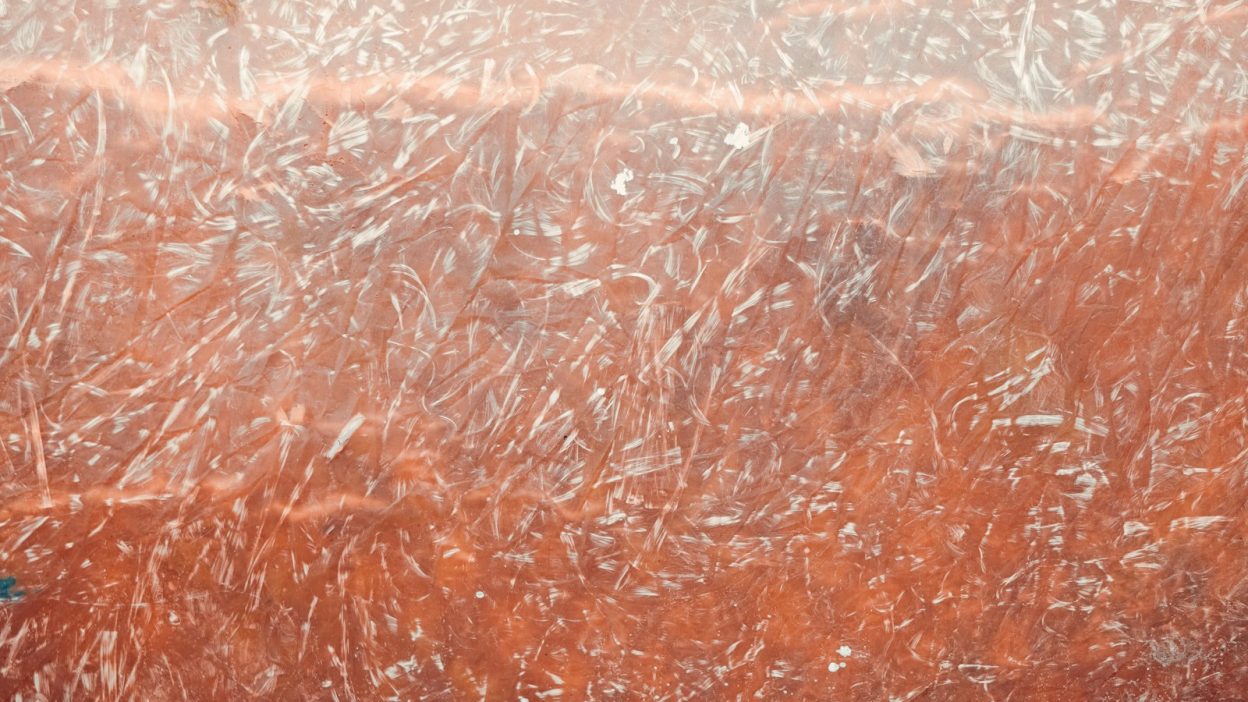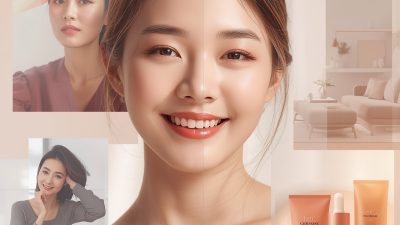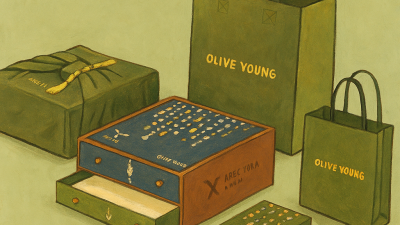Contents
Introduction: The Toning Revolution
Pico vs. Q-Switched::In the quest for clear, bright, and porcelain-smooth skin, laser toning has become a global phenomenon. Whether you’re battling stubborn melasma, post-acne dark spots, or general dullness, laser toning is the non-invasive solution that K-Beauty devotees swear by.
But as technology advances, you’re faced with a choice: Do you opt for the tried-and-true classic, Q-Switched Laser Toning? Or should you invest in the next-generation powerhouse, Pico Toning?
This comprehensive comparison breaks down everything you need to know about these two popular treatments, helping you decide which laser will deliver the perfect glow for your skin goals.

What is Laser Toning? (The Basics)
Laser toning is a gentle, non-ablative laser treatment designed to break down excess melanin (pigment) in the skin. By delivering low-energy light pulses in repetitive sessions, it effectively targets conditions like melasma and Post-Inflammatory Hyperpigmentation (PIH) without causing significant thermal damage to the surrounding tissue.
The main difference between the two popular types lies in the pulse duration—how fast the laser energy is delivered.
| Feature | Q-Switched Laser Toning (The Classic) | Pico Toning (The Next Generation) |
| Pulse Duration | Nanosecond (one billionth of a second) | Picosecond (one trillionth of a second) |
| Primary Effect | Photo-thermal (Heat) | Photo-mechanical (Sound/Pressure Wave) |
| Melanin Breakdown | Shatters pigment into large particles | Shatters pigment into much finer particles |
Pico Toning vs. Q-Switched: A Head-to-Head Comparison
1. The Mechanism: Heat vs. Pressure
| Comparison Point | Q-Switched Toning | Pico Toning |
| Mechanism | The nanosecond pulse generates heat (photo-thermal effect) that gently warms the pigment, causing it to break down. | The ultra-short picosecond pulse generates a powerful pressure wave (photo-mechanical effect) that shatterspigment into dust-like particles. |
| Result for Pigment | Effective, but can sometimes generate enough heat to risk stimulating pigment in sensitive skin (especially darker skin tones). | The minimized heat generation makes it safer for all skin tones and significantly reduces the risk of Post-Inflammatory Hyperpigmentation (PIH). |
2. Treatment Effectiveness & Downtime
| Comparison Point | Q-Switched Toning | Pico Toning |
| Sessions Required | Typically requires more sessions (6–10 or more) to see optimal results. | Generally requires fewer sessions (4–6 or more) due to the finer pigment particle breakdown. |
| Downtime | Minimal to none. You might experience mild redness that subsides within a few hours. | Virtually zero downtime. Even less thermal damage means quicker recovery time. |
| Stubborn Pigment | Effective for most common dark spots (sun spots, freckles). | Superior for deep, stubborn pigment and mixed melasma due to the precision of the pressure wave. |
3. Additional Benefits: Beyond Pigment
| Comparison Point | Q-Switched Toning | Pico Toning |
| Texture & Pores | Can offer mild improvement in texture and pore size through generalized heat stimulation of collagen. | Excellent for texture improvement and acne scars. The pressure wave creates microscopic openings in the dermis, aggressively stimulating new collagen and elastin production. |
| Collagen Synthesis | Moderate | High (especially when using specialized fractional handpieces like Focus or DOE). |
| Tattoo Removal | The traditional gold standard, but takes many sessions. | Faster and more effective for multi-colored and resistant tattoos. |

Who Should Choose Which Toning Laser?
The best choice depends entirely on your skin condition, budget, and tolerance for sessions.
Choose Q-Switched Laser Toning if:
- Your primary concern is mild, superficial pigmentation (light sun spots, freckles).
- You are budget-conscious. Q-Switched Toning is typically more cost-effective per session.
- You are new to lasers and prefer a time-tested, gentle approach.
Choose Pico Toning if:
- You have stubborn Melasma, deep dermal spots, or a mix of pigmentation.
- You want to treat acne scars and overall skin texture in addition to dark spots.
- You need faster results and want to minimize the total number of required sessions.
- You have a darker or sensitive skin tone and want the safest option with the lowest risk of PIH.
Final Verdict: Is Pico Worth the Investment?
| Final Consideration | Q-Switched Toning | Pico Toning |
| Cost | (Winner) More affordable per session. | Higher investment per session. |
| Efficiency | Slower pigment clearance. | (Winner) Faster, clearer results in fewer sessions. |
| Safety for All Tones | Good, but caution needed for darker skin. | (Winner) Minimized heat makes it the safest option. |
| Overall Rejuvenation | Good. | (Winner) Pigment removal + superior collagen stimulation. |
While Pico Toning generally comes with a higher price tag per session, its efficiency and advanced benefits (faster clearance, better texture, minimal risk) often make it the more cost-effective and superior long-term choice for complex skin concerns.
Want to explore trusted Korean clinics?
Check out YeoTi — the all-in-one Korean aesthetic app 🇰🇷📱
- Over 900,000 verified treatment reviews
- Transparent local pricing for foreigners
- Consultation and booking available in Japanese and English

REAL REVIEWS FROM CUSTOMERS
Curious about treatment reviews or pricing? Click here to find out more.
RECOMMENDED ARTICLES
Check out a variety of informative articles from YeoTi right here





